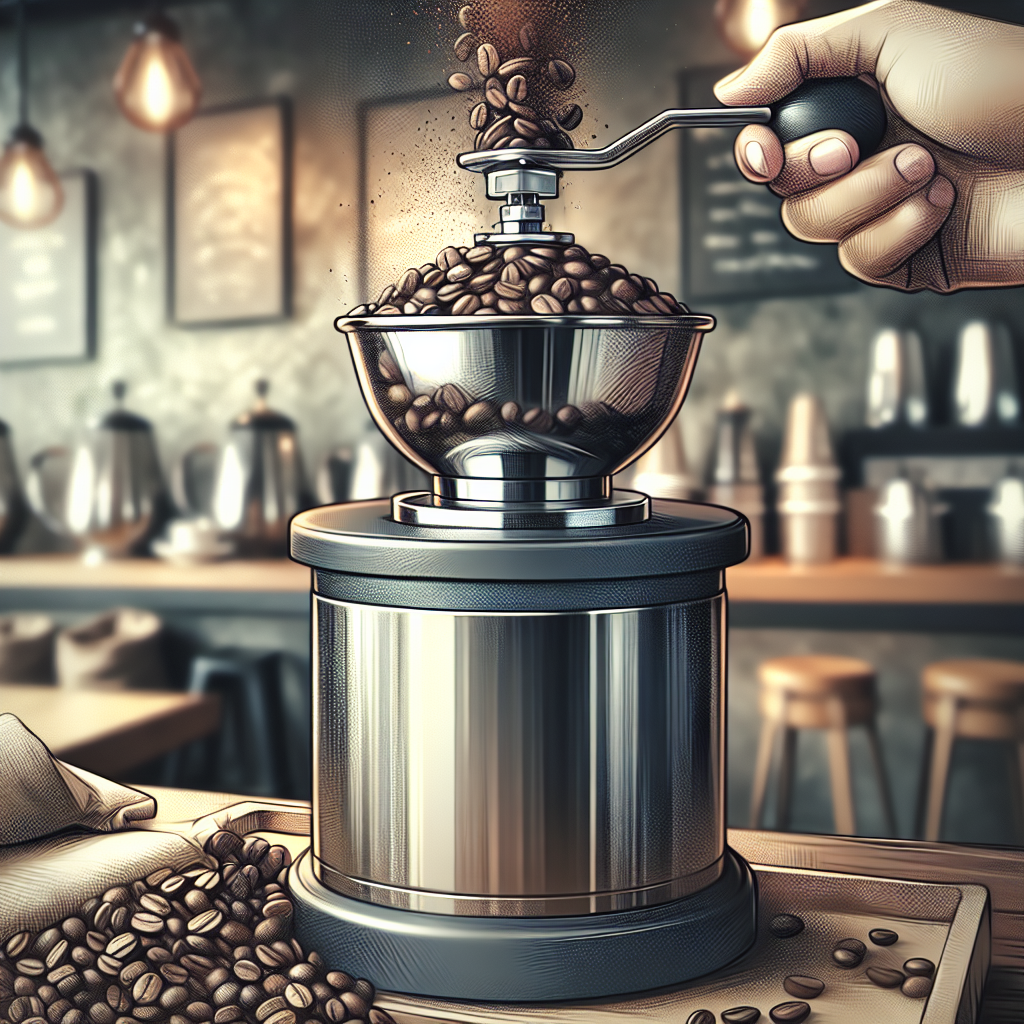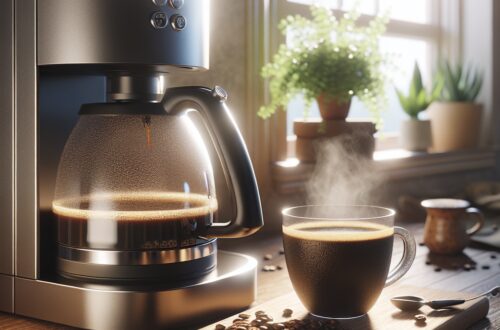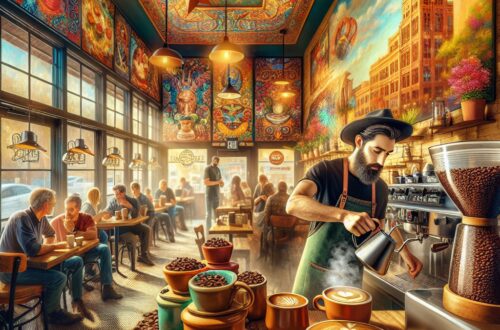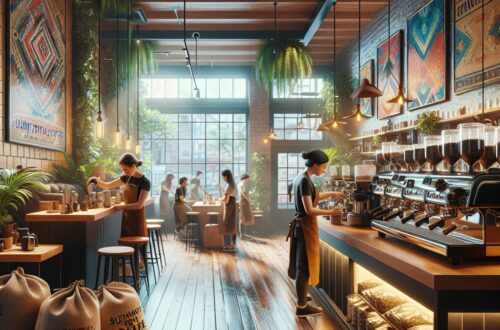“`html
The Ultimate Guide to Choosing the Perfect Coffee Grinder
Introduction
Pure coffee essence lies in the grind. A quality coffee grinder is crucial in brewing a perfect cup. Whether you’re an espresso aficionado or a French press devotee, the consistency and coarseness of your coffee grounds are paramount. The two primary types of grinders, burr and blade, each bring unique advantages and considerations to the table, making the choice significant to your brew’s flavor and aroma.
### Key Features to Consider
- Grind Size Settings: Importance of adjustable grind size settings, impact on different brewing methods.
- Grind Consistency: Role of consistent grind size in flavor extraction, improved taste.
- Grinder Capacity: Choosing appropriate capacity based on usage, hopper size considerations.
- Material and Durability: Impact on longevity and performance, types of materials used.
- Speed of Grinding: Fast vs. slow grinding, effect on heat generation and flavor preservation.
- Overall Size and Portability: Importance of size based on kitchen space, portability for travel.
- Ease of Cleaning: Detachable parts, importance for grinder performance and hygiene.
- Noise Level: Quiet vs. noisy grinders, considerations for shared living spaces.
1. Types of Coffee Grinders
Burr Coffee Grinders
- Designed specifically for coffee beans.
- Provide consistent grind size.
- Two types: flat burr and conical burr.
- Gear-like mechanism that crushes beans.
- Better for preserving coffee aroma.
- Less heat generated during grinding.
- Generally more expensive.
- Ideal for coffee enthusiasts.
Blade Grinders
- More versatile; can be used for other ingredients.
- Use blades to chop beans.
- Less expensive.
- Can result in uneven grind size.
- Suitable for kitchen multi-tasking.
- Tend to produce more heat.
- Less control over grind size.
- Ideal for casual coffee drinkers or multipurpose use.
2. Key Features to Consider
Grind Size Settings
Adjustable grind size settings are a critical feature as they cater to different brewing methods. For example, a fine grind is ideal for espresso, while a coarse grind is perfect for a French press.
Grind Consistency
A consistent grind size plays a significant role in flavor extraction. Inconsistent grounds can lead to uneven extraction, resulting in a bitter or weak taste.
Grinder Capacity
Choosing the appropriate grinder capacity depends on your usage. Consider the hopper size and how often you brew coffee.
Material and Durability
The materials used in grinder construction impact its longevity and performance. High-quality materials, such as stainless steel, are durable and efficient.
Speed of Grinding
Fast grinding may seem convenient, but it can generate heat, affecting the flavor. Slow grinding preserves the coffee’s natural oils and aroma.
Overall Size and Portability
Consider the size of the grinder based on your kitchen space and if you need portability for travel purposes.
Ease of Cleaning
Grinders with detachable parts make cleaning easier, which is essential for maintaining performance and hygiene.
Noise Level
Some grinders can be noisy, which might be a consideration if you live in a shared space or prefer a quiet morning routine.
3. Manual vs Electric Coffee Grinders
Manual Coffee Grinders
- No electricity required.
- Portability and convenience for travel.
- Usually more affordable.
- Exercise aspect: physical effort needed.
- Produces uniform grounds.
- Can match the performance of expensive electric grinders.
- Slower grinding process.
- Ideal for those who appreciate the grinding ritual.
Electric Coffee Grinders
- Powered by electricity.
- Quick and efficient.
- Suitable for high-volume coffee preparation.
- Versatility in grind size selection.
- More expensive.
- Easier for repetitive use.
- Some models offer advanced features (timers, dosing).
- Ideal for busy households or baristas.
4. Understanding Coffee Grinder Parts
Hopper
The container where coffee beans are placed. Different sizes are available depending on the quantity you wish to grind.
Burrs/Blades
These are the primary grinding mechanisms. Burrs crush the beans, providing a consistent grind, whereas blades chop, which can result in uneven grind size.
Grind Size Adjustment Mechanism
Knobs or dials allow for precise grind size adjustments, which are crucial for different brewing methods.
Grounds Container
Collects ground coffee. Consider ease of removal and cleaning when choosing a grinder.
Motor (in Electric Grinders)
Affects grinding speed and heat generation. Pay attention to motor power specifications.
Hand Crank (in Manual Grinders)
Used to manually grind beans. Smooth operation is important for efficiency.
Housing
Exterior material and design impact durability and aesthetics. Choose a grinder that complements your kitchen decor.
Spout or Dispenser
Path for delivering ground coffee. Consider potential clogging and ease of flow.
Summary
Choosing the right coffee grinder involves balancing factors like budget, usage, and personal preferences. Investing in a suitable grinder enhances your coffee experience by providing consistent grind size and preserving flavor. For more tips and information on improving your coffee brew, explore our comprehensive guides on various coffee drinks here.
“`
Shop at Breville now!
https://breville.oie8.net/oqDqrE
Shop Coffee grinder at Amazon now!
Click here!





